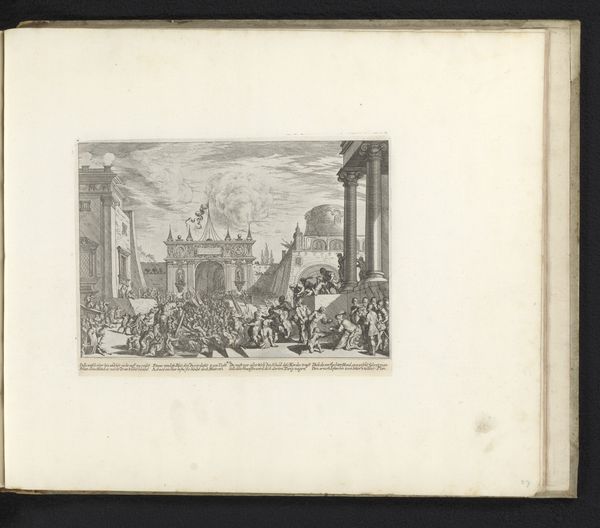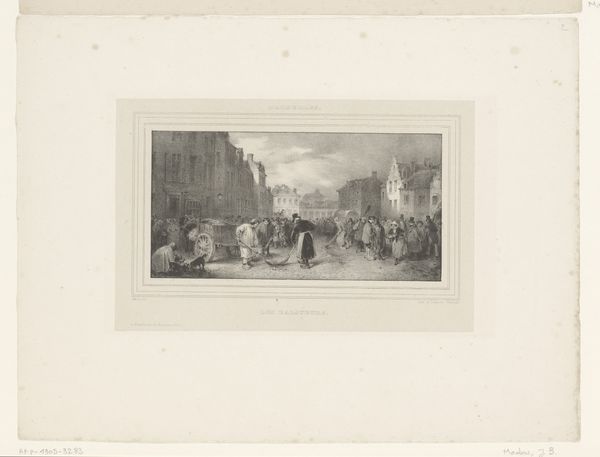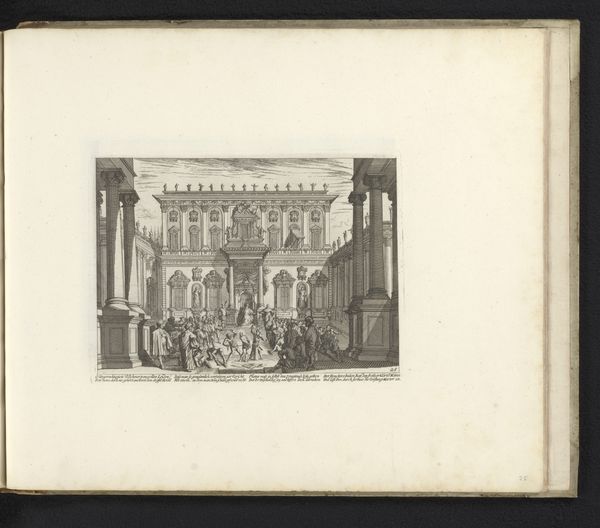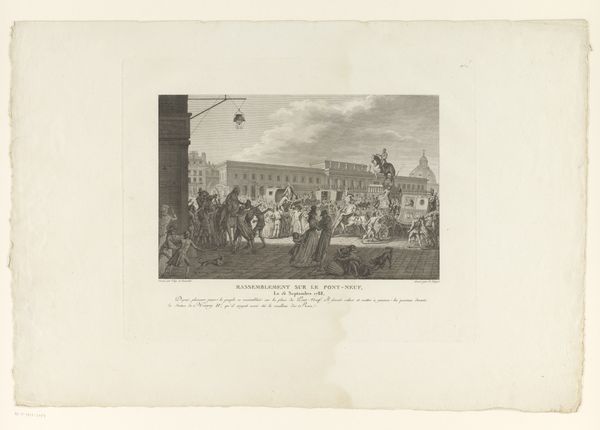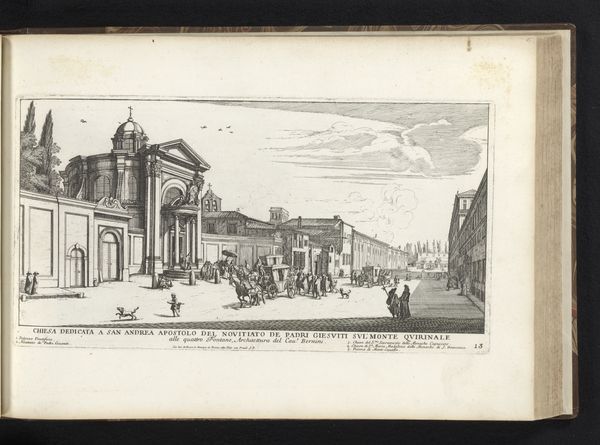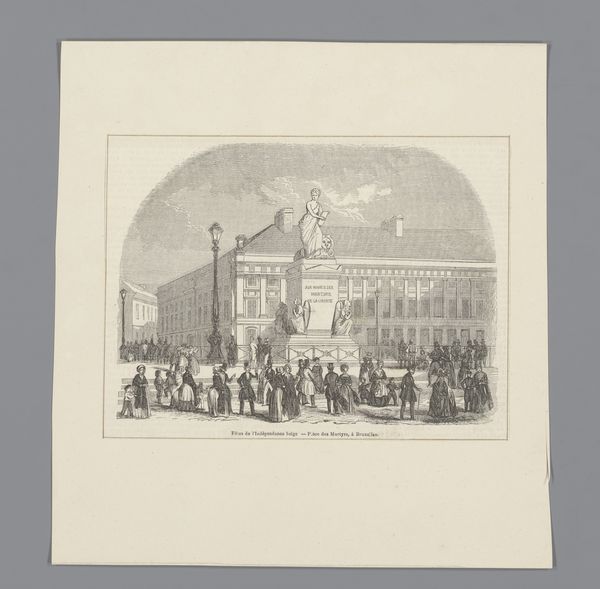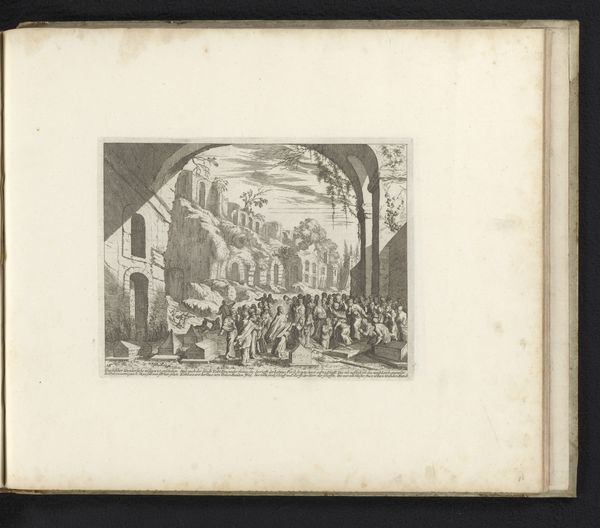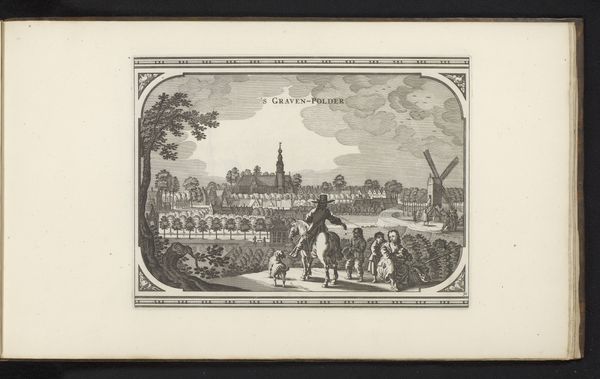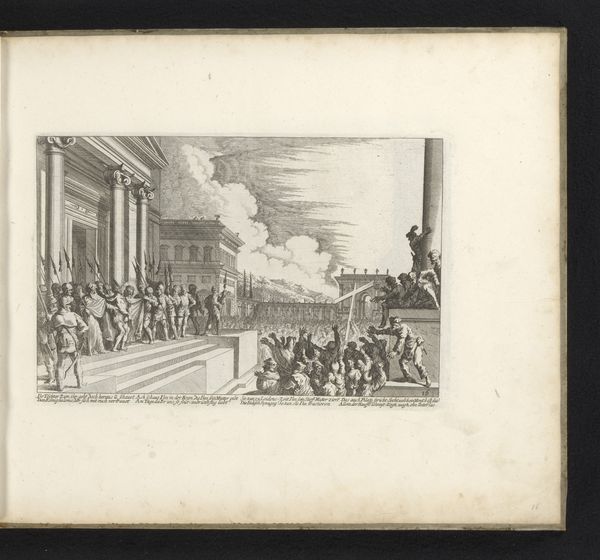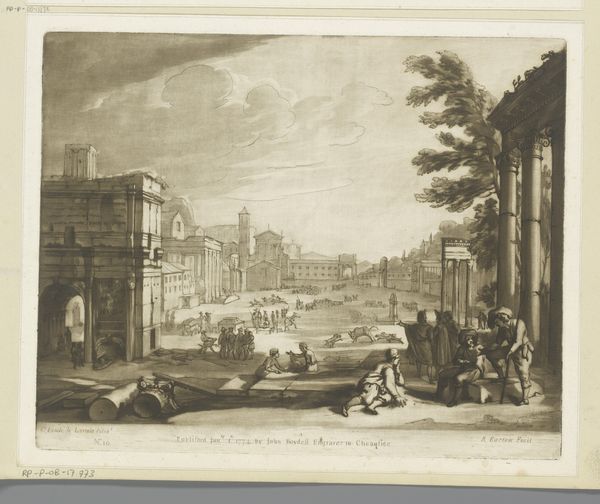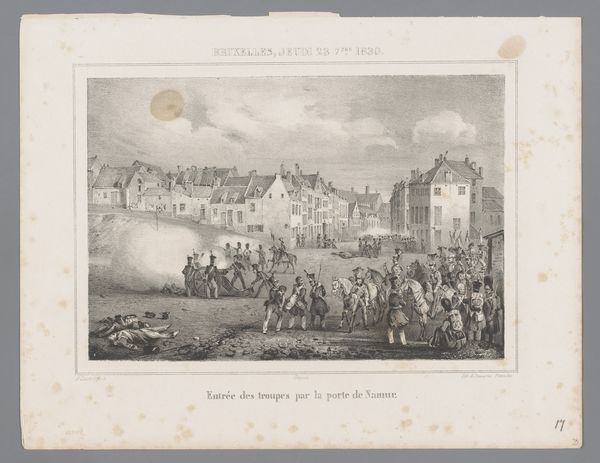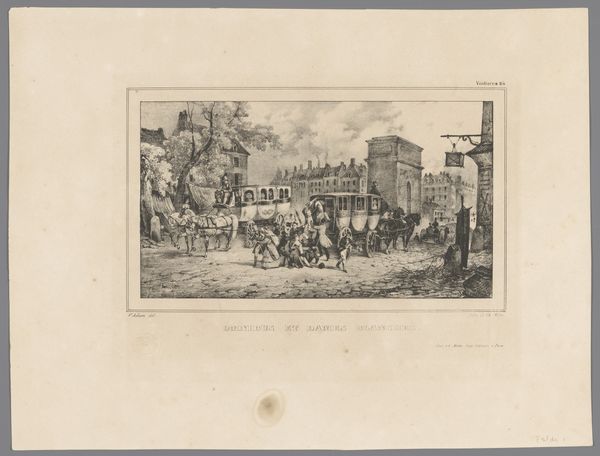
print, paper, engraving
#
narrative-art
#
baroque
# print
#
perspective
#
paper
#
history-painting
#
engraving
Dimensions: height 168 mm, width 252 mm
Copyright: Rijks Museum: Open Domain
Editor: So, here we have Melchior Küsel’s “Christus voor Pilatus,” made sometime between 1670 and 1682. It’s an engraving on paper, currently housed in the Rijksmuseum. It’s fascinating how much detail he manages to get in this scene using just lines. What stands out to you about this piece? Curator: I am drawn to how the printmaking process itself shapes the narrative. The labor intensive process of engraving allowed for widespread dissemination of religious narratives, making them accessible beyond the elite. Consider how the lines create not just the scene, but also the power dynamic; the density of lines constructing the opulent architecture compared to the relative simplicity used to depict Christ himself. How does this emphasis on setting influence the viewer's understanding of power? Editor: That's interesting. I hadn't really thought about the technique influencing the narrative in that way. I was more focused on the spatial relations, how perspective creates distance and seems to isolate the main figures. Curator: Precisely. The act of viewing becomes intrinsically linked to the socioeconomic conditions dictating access to art and religious iconography. We see it not only reproduced but also *consumed*. Consider how printmaking allowed the market economy to intersect with spiritual interpretation, transforming religious experiences into a commodity. Editor: So, it's not just about the story of Christ and Pilate, but about the material conditions that allowed that story to circulate and be interpreted by a wider audience. Curator: Exactly. Think about the workshops, the engravers, the paper makers. All of these labors are invisibly inscribed in this image. Each line represents hours of painstaking effort to bring this scene to life and distribute it. And beyond a single creation is mass production of many iterations: the original and subsequent re-interpretations by different sets of hands. It brings attention to art's ability to shape consciousness and enforce or even break societal norms through repeated material production and exchange. Editor: Wow, I’ve definitely learned to think about art beyond just its aesthetic qualities today! Curator: Likewise. Reflecting on the processes that birth artistic objects unveils hidden narratives embedded in their existence.
Comments
No comments
Be the first to comment and join the conversation on the ultimate creative platform.
